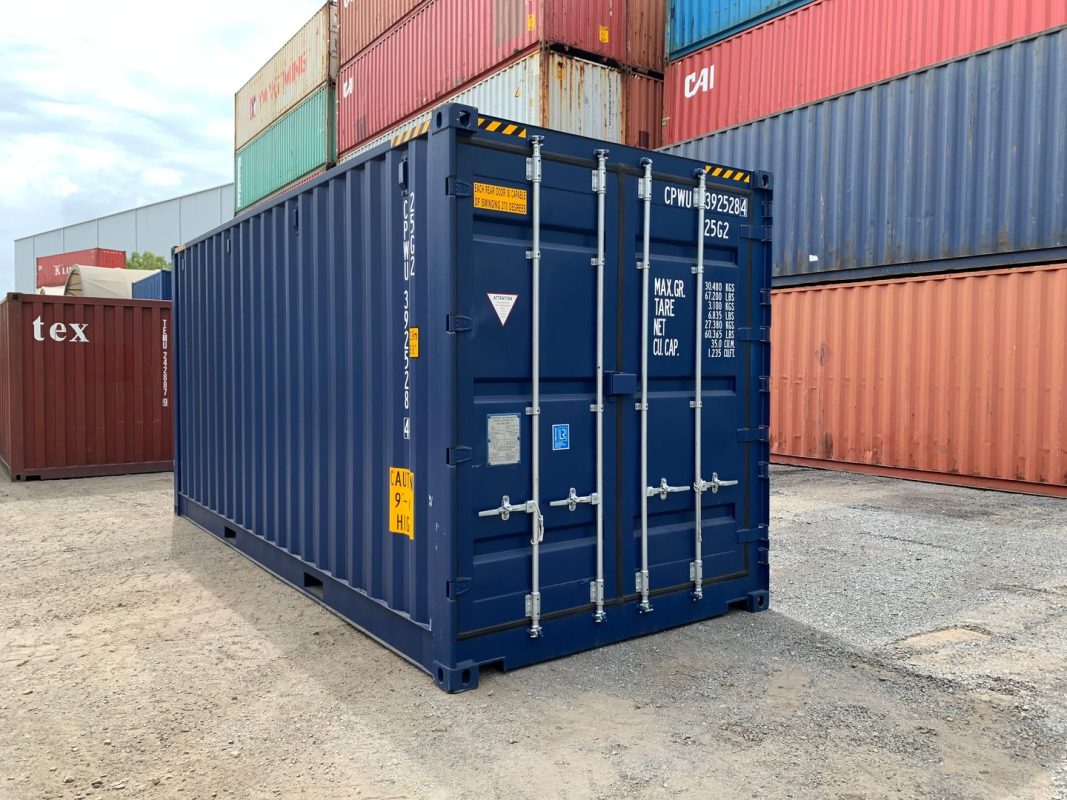Shipping Container Homes: Addressing Common Misconceptions and Myths

Shipping container homes have gained popularity in recent years as a modern, affordable, and sustainable housing option. However, despite their increasing prevalence, several misconceptions and myths surround these unique structures. Let’s delve into some of the most common misconceptions about shipping container homes and provide clarity on these issues.
1. Shipping Container Homes Are Just Temporary Solutions
One of the most widespread myths is that shipping container homes are only suitable as temporary or short-term solutions. This misconception likely stems from the containers’ original purpose—to transport goods across oceans. However, shipping containers are remarkably durable and versatile. When properly insulated and outfitted, they can serve as permanent, comfortable homes. Many people have successfully turned shipping containers into long-lasting residences that meet all building codes and standards.
2. Shipping Container Homes Are Uncomfortable and Unlivable
Another common myth is that shipping container homes are uncomfortable or lack the amenities of traditional homes. While it’s true that containers have a different layout compared to conventional houses, they can be transformed into stylish and functional living spaces. Modern interior design techniques allow for clever use of space, and with the right insulation and ventilation, shipping container homes can be as comfortable as any traditional home. High-quality fixtures, appliances, and design elements can make these homes just as cozy and livable.
3. Shipping Container Homes Are Too Small
Some people believe that shipping container homes are inherently too small to accommodate a family comfortably. While standard containers are indeed compact, they are often combined or modified to create larger living spaces. By stacking multiple containers or integrating them with other building materials, homeowners can design spacious, multi-room homes. Additionally, container homes can be customized to fit specific needs, allowing for creative and functional layouts.
4. Shipping Container Homes Are Hazardous
Concerns about hazardous materials in shipping containers are another common myth. While it’s true that containers are often used to transport goods that could be harmful, the containers themselves are generally made from durable steel and are treated to withstand harsh conditions. Any concerns about hazardous residues can be mitigated through thorough cleaning and, if necessary, professional inspection. Many shipping container homes are built with careful attention to safety and compliance with building regulations.
5. Shipping Container Homes Are Difficult to Insure
Another misconception is that insuring a shipping container home is challenging or expensive. In reality, insurance for shipping container homes is becoming more accessible as their popularity grows. Insurance companies are increasingly familiar with container homes and can offer coverage comparable to traditional houses. It’s essential to work with an insurance provider who understands the specifics of container home construction and can provide the necessary coverage.
6. Shipping Container Homes Are Environmentally Unfriendly
Shipping container homes are often touted as eco-friendly due to their use of recycled materials. However, some people argue that the process of modifying containers for residential use is environmentally damaging. While it’s true that any construction project has environmental impacts, shipping container homes generally have a smaller carbon footprint compared to traditional building methods. By repurposing existing materials, these homes can reduce waste and lower the overall environmental impact of construction.
7. Shipping Container Homes Are Expensive
Finally, there is a belief that shipping container homes are expensive. While it’s true that the cost of a shipping container home can vary depending on size, design, and location, they are often more affordable than traditional homes. The initial cost of the container itself is relatively low, and the modular nature of container homes can reduce labor and construction costs. However, like any home, the total cost will depend on customization, location, and additional features.
Conclusion
Shipping container homes are a viable and innovative housing option that dispels many of the misconceptions associated with them. Far from being temporary or uncomfortable, these homes offer durability, flexibility, and sustainability. By addressing these common myths, we can better appreciate the potential of shipping container homes and their role in the future of affordable and eco-friendly living.

